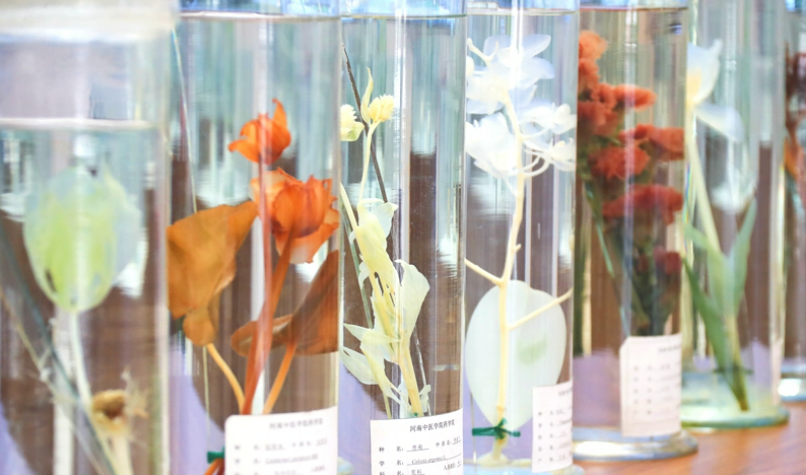China eyes greater input on global NEV standards
BEIJING, June 21 (Xinhua) -- China's Ministry of Industry and Information Technology on Friday announced plans to formulate new standards for the global auto industry, focusing on new energy vehicles (NEVs) and intelligent connected vehicles.
The ministry has released a document detailing the key areas of automotive standardization work for 2024, which notes that China will take the lead in advancing the formulation of nearly 20 international standards, including those for fuel cell vehicles, electromagnetic compatibility and automotive radar.
Additionally, China aims to create at least three new international standards for electric vehicle (EV) performance-testing methods and collision safety terminology, and establish one to two international standards working groups.
China will continue to fulfill its duties as the convener of nine working groups, including those covering auto perception sensors and autonomous driving test scenarios.
The country will also spearhead the development of global technical regulations for autonomous driving systems, and expedite the formulation of regulations on maximum EV power measurement methods and the second phase of power battery durability, the ministry said.
The document also calls for boosted numbers of standards in the field of automotive chips.
Looking back on the history of the global auto industry, it is clear that pivotal events have shaped new standards and propelled the industry forward. Notable examples include the invention of seat belts and the promotion of the New Car Assessment Program.
Over the decades, international standardization organizations such as the International Organization for Standardization (ISO) and the International Automotive Task Force have played a crucial role in fostering technological innovation, industrial upgrading and trade.
China is proactively implementing a standardization strategy to ensure standards drive innovative, coordinated, green, open and shared development.
In April 2018, China proposed an international standard for autonomous driving test scenarios to a road vehicles committee under the ISO, which led to the establishment of a working group that was convened by China.
Through collaboration with experts from over 20 countries, including Germany, Japan, the United Kingdom, the Netherlands and the United States, a series of international standards projects were planned around autonomous driving test scenarios.
In October 2022, the first international standard in the field of autonomous driving test scenarios, ISO 34501, was officially released following work that was led by China.
In November 2022, China established an automotive standardization research institute to undertake such tasks as representing the country in efforts to coordinate and formulate international automotive standards at the United Nations (UN) and within other international regulatory bodies.
In 2023, China's production and sales of NEVs ranked first globally for a ninth consecutive year. The country's intelligent connected vehicle applications have been expanding, and its technological innovation has shown tremendous vitality.
China's auto industry has accumulated extensive practical experience in the construction of basic scenario libraries, road testing, demonstration applications, and the research and development of intelligent connected vehicles and key system components, placing it at the forefront of the global auto sector.
The ministry has pledged incentives for simultaneous proposals of national and international standards projects to enhance consistency. Increased efforts will also be made to produce foreign-language versions of national automotive standards.
On cutting-edge technology, the ministry noted the need for forward-looking research on corresponding standards subsystems for new areas such as solid-state batteries, EV battery-swapping and auto-related artificial intelligence.
International partnerships will be expanded, the ministry said, highlighting the role of established multilateral and bilateral dialogue mechanisms.
Photos
Related Stories
- China's NEV penetration to hit new high of 49.1 pct in June: survey
- Chinese cities launch auto trade-in programs to invigorate consumption, offering boost for new-energy vehicle sector
- China's new-energy sector draws interest of global investors
- Global demand for NEVs far exceeds current production capacity: Chinese official
- China's new energy vehicles boast global competitive edges: officials
- Labeling China's NEV exports as result of overcapacity can't hold water: officials
- China's Shenzhen pilots vehicle-to-grid charging to cut peak load
- China unveils plan to galvanize NEV uptake in rural areas
- Beijing to promote clean energy consumption for NEVs
- Interview: German auto association chief sees new tariffs, protectionism as "wrong way to go"
Copyright © 2024 People's Daily Online. All Rights Reserved.









